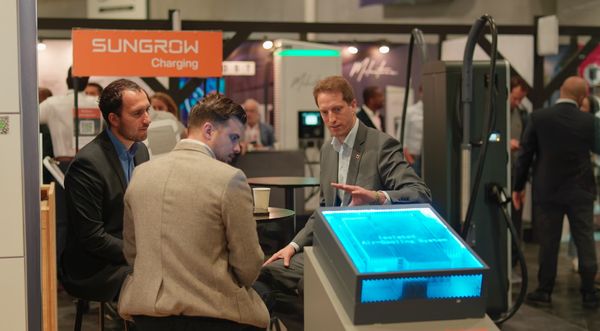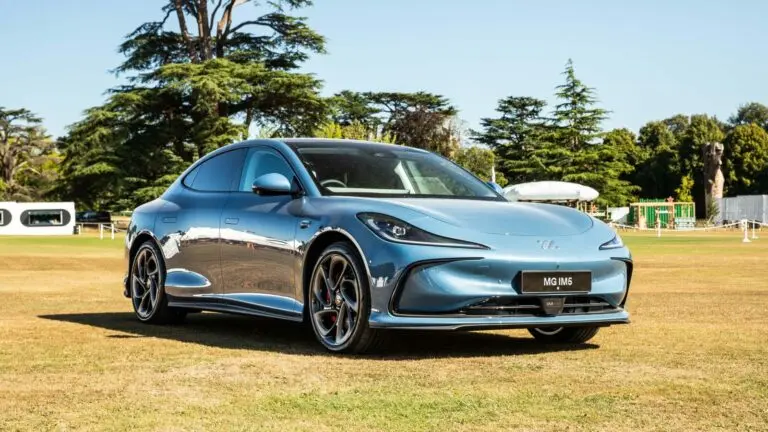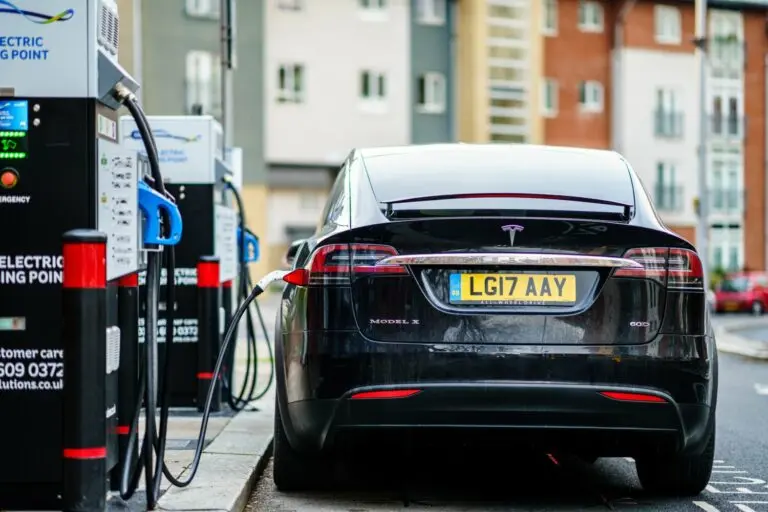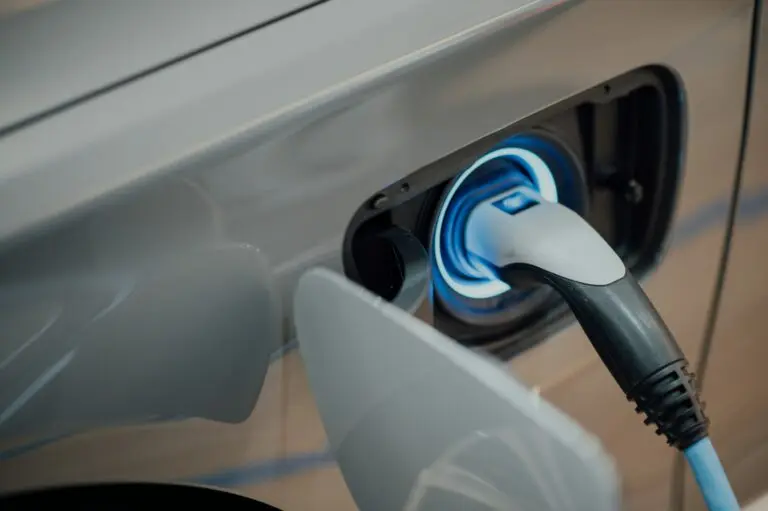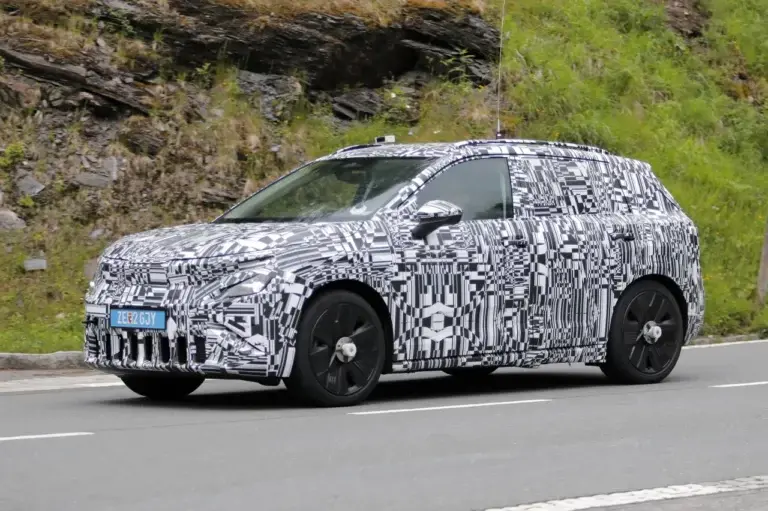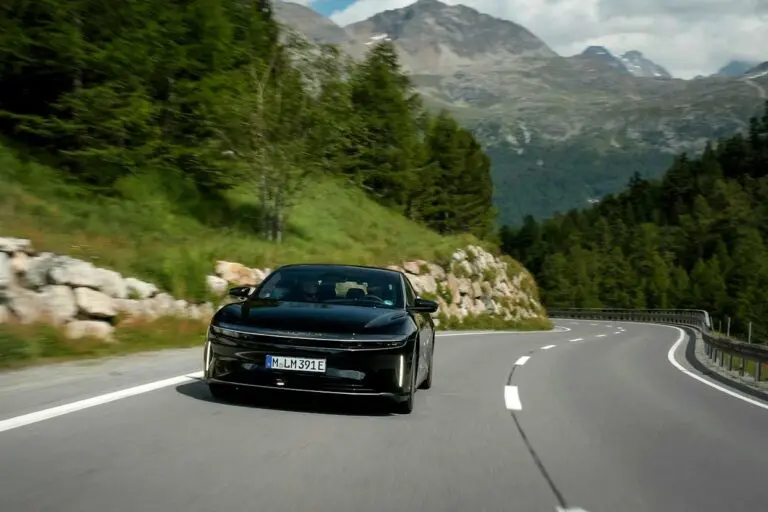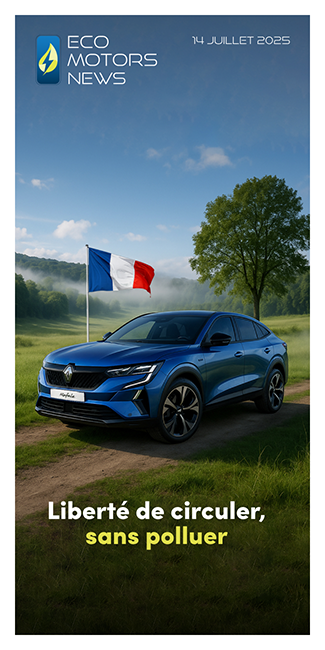During the DriveToZero trade show at Porte de Versailles on 4 and 5 June, ECO MOTORS NEWS had the opportunity to meet Robert von Wahl, EV Charging Europe Director at Sungrow, one of the world leaders in renewable energies, which decided ten years ago to put its expertise at the service of electric vehicle charging.
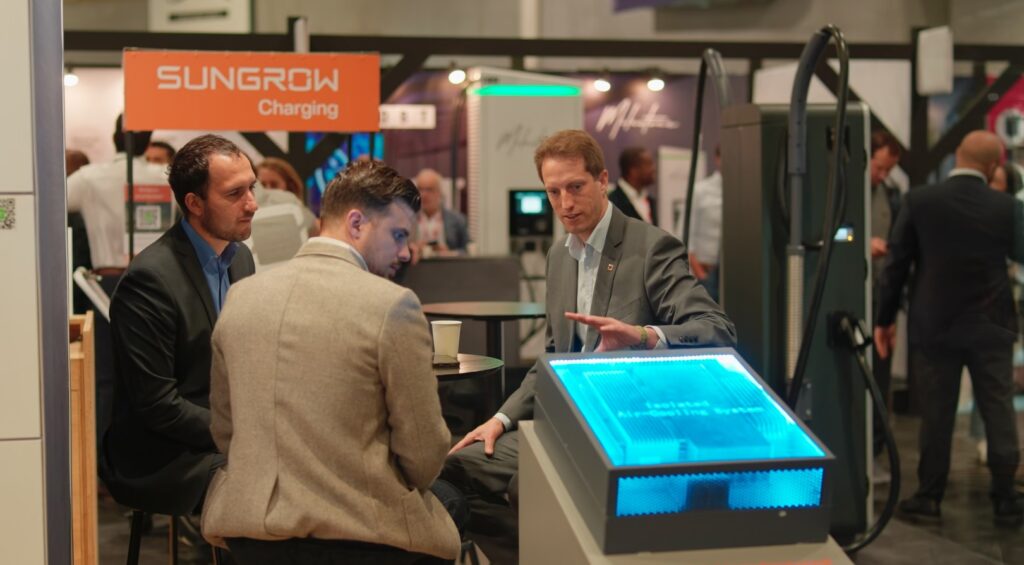
Electric mobility is, of course, all about the hardware – the vehicles themselves – and the software – the on-board software and technologies – as well as recharging. And with recharging comes a host of issues to be resolved, whether in terms of the energy used and its storage, management of the power delivered or the surface area occupied by charging points in recharging stations, car parks, bus and lorry depots, etc. Some companies are already well ahead of the game in these areas. This is particularly true of Sungrow, the Chinese giant and world leader in power conversion, which was founded in 1997 on the renewable energy market, focusing on photovoltaic (PV) inverters. In the mid-2010s, anticipating the coming boom in electric mobility, the group set up a branch dedicated to recharging, with Robert von Wahl as European Director. At DriveToZero, Robert von Wahl took the time to explain the company’s strategy, illustrating the current challenges facing players in the market and the solutions needed to meet them.
Satellite recharging… on the cow floor!
In order to solve the problem of the lack of space in charging stations, whether public or private, while offering power for fast charging, Sungrow has developed what it calls « satellite charging », which has nothing to do with the conquest of space. Sungrow has developed what it calls « satellite charging », which has nothing to do with the conquest of space. As Robert von Wahl explains, these systems » separate the power supply from the charging point itself. A single power cabinet can therefore supply several satellite charging points spread across a site ». This configuration is particularly well suited to » bus depots or logistics hubs where space is limited and several vehicles need to be recharged simultaneously « , he adds. As well as saving space, this architecture reduces infrastructure costs, limits connections and offers greater flexibility in adapting the network to the changing needs of the vehicle fleet.
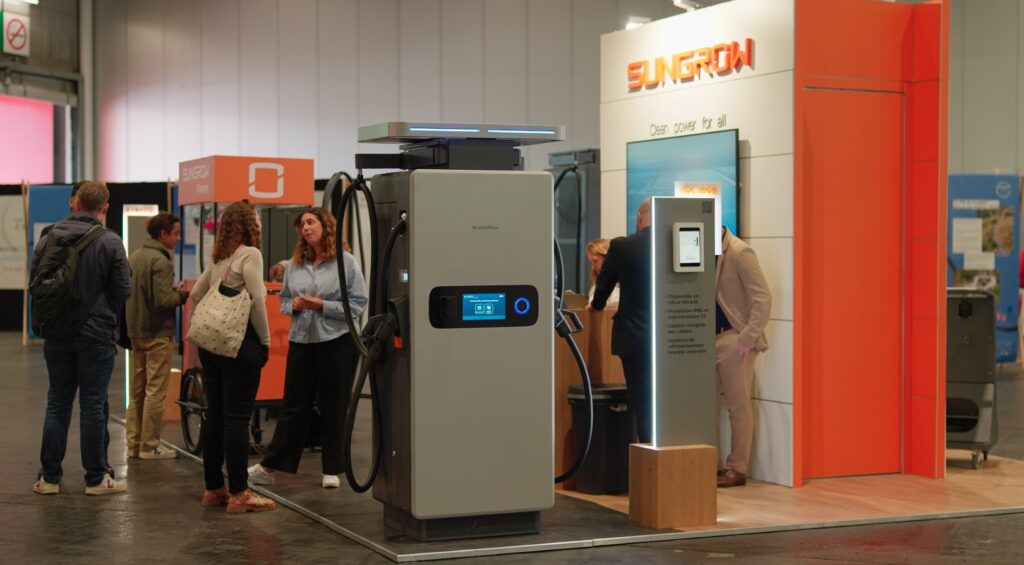
Modularity and efficiency are essential for companies that make intensive use of their charging points. Sungrow’s catalogue now includes several of these ultra-fast chargers, which can intelligently distribute the power of the power cabinet (480 kW) between several vehicles connected simultaneously. So, taking the example of a lorry depot, it is possible to deliver less energy to the vehicle that you know won’t be setting off again until the next day and, from the same charging point, deliver sufficient energy to another vehicle so that it can set off again within the next two hours.
ESS + PV + DC = future?
Don’t understand the equation? Don’t panic. Before we met Sungrow at the show, it was all a blur to us too! ESS stands for storage solutions, PV for inverters that convert solar energy and DC for direct current, often used to refer to fast recharging. And, according to Robert von Wahl, » by integrating energy storage, photovoltaics and DC charging, we obtain a complete energy management solution » that enables batteries to be charged during off-peak periods thanks to solar energy, and then to supply vehicles during peak demand periods. It’s a way, he continues, of » reducing the costs associated with hourly grid tariffs, relieving the load on the grid, and guaranteeing locally produced, green energy « . While having the necessary know-how and experience to offer this ‘all-in-one’ solution in-house, as Sungrow does, is still not widespread on the market, our visit to the DriveToZero show showed us that many start-ups and companies are increasingly thinking about this more global approach.
European challenges
Although Europe is making good progress, it is still marked by regional disparities. » Europe is making rapid progress, but there are still significant imbalances between countries , » says Robert von Wahl. According to him, in France, efforts have been made, mainly in urban areas, but the density of rapid charging points is still insufficient at national level on the motorway networks. The main reason, noted by many players in the sector, is the electrical capacity available in certain areas, particularly commercial areas. » In these areas, the grid connection is often limited. It is difficult to supply several ultra-fast charging points without significant investment, » he points out. Furthermore, standardisation of protocols and interoperability between operators remain crucial issues. Sungrow, for its part, is responding with customisable, ‘intelligent’ solutions that are compatible with a wide range of configurations, both geographical and technical, but there is still a considerable amount of work to be done in the field.
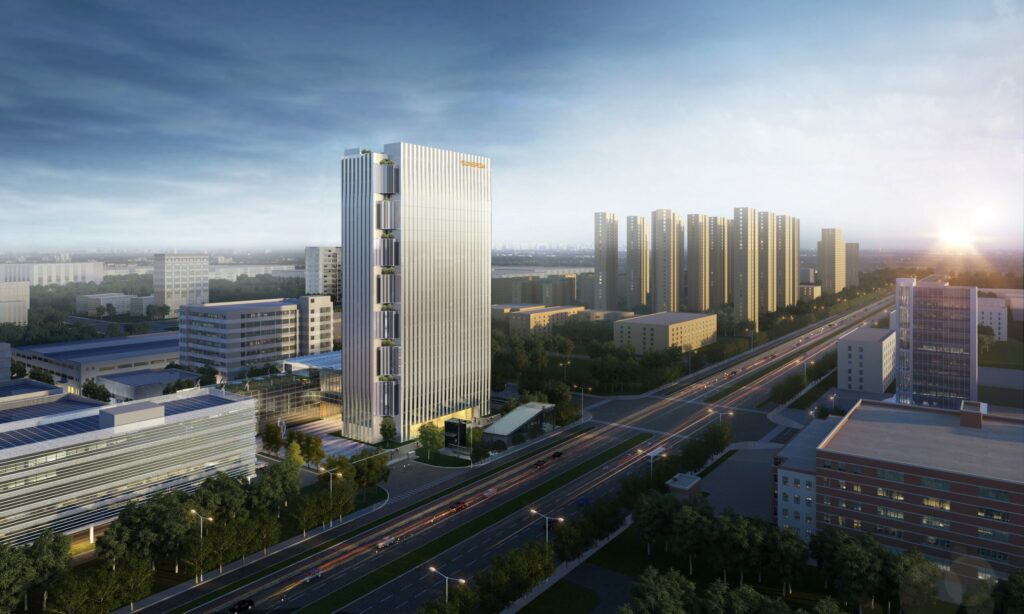
The advantage that the Chinese group has over its competitors – in addition to 25 years of world leadership in energy conversion – is the experience it has acquired in its home country, which is ahead of Europe when it comes to recharging infrastructures. Our ambition is to become a key player in the electrification of transport in Europe », says von Wahl, « and to achieve this, the company relies on modular products that can be adapted to local standards, and invests in R&D on European soil « . Indeed, the company has set up its R&D department in Amsterdam, the Netherlands, a strategic hub for the development of electromobility on the Old Continent.
This strategy is accompanied by industrial partnerships with local players, as well as with universities and public authorities, in order to » simplify the large-scale deployment of intelligent charging infrastructure « , concludes Robert von Wahl. By combining solar energy, intelligent storage and ultra-fast charging in a complete, compact architecture, Sungrow is positioning itself as a key player in the energy transition, and if the many start-ups we met at DriveToZero are anything to go by, it could well become a benchmark in the years to come.

